Flips, flyers and full-outs with the UK cheer squads

On the mat with Newham’s Ascension Eagles, last featured in The Face back in 2003.
Life
Words: Anna Fielding
Photography: Jack Kenyon
The image of the cheerleader, until very recently, has been confined to the fantasy sports fields and locker-lined corridors of high-school America. Usually white, usually blonde, usually wealthy, the cheerleader was a bitch or a bimbo. Then Netflix’s Cheer blew that wide open. It showed the cheering students of Navarro junior college in Texas to be serious athletes and supportive teammates. It put the spotlight on competitive cheer as a hardcore sport in its own right and not just a pretty routine to be performed on the sidelines.
For a sport with overblown pride, shouting and razzmatazz coded into its DNA, cheerleading had a surprisingly low profile until Cheer’s student athletes became stars, appearing on Today and Ellen and the front rows of New York Fashion Week. In Britain, cheering is still under-exposed, but there are an estimated 89,000 participating cheerleaders. Here in a sports hall in Stratford, east London, girls, and a handful of boys, are hugging in the foyer and whooping as their squad backflip down a sprung section of the warm-up area.
Several teams are gathered for the second day of the Legacy Cheer and Dance Just Believe super regional competition. I’m searching for one team in particular: The Ascension Eagles. The Eagles were early adopters of British cheer, spurred on by Shara Brice, the Texan wife of the area’s then-vicar. They’ve been practising and performing in Newham, east London, for 25 years.

Cheering in this country is gradually gaining a profile. In 2017, Team England’s All-Girl Elite squad took first place at the ICU (International Cheer Union) World Cheerleading Championships, making them the UK’s first ever champions. The following year the Coed Elite placed first. But the Ascension Eagles were some of the very first British cheerleaders, and if you’d picked up a copy of The Face in December 2003, you’d know that too. At the time, I was a young writer, excited about doing my first big feature for a magazine I’d grown up loving. Angela Green was 21-years-old, a cheer captain leading her team to victory in the National Cheerleading Championships in Loughborough. She dyed her hair jet black and her little sister Mel showed her braces when she smiled for photos.
Mel’s still cheering. Standing in uniform at the side of the performance area (braces long gone), she tells me she’s now a primary school teacher with two children. Angela also has two cute small boys who are fussed over by athletes and coaches alike. She’s now the programme director of the Ascension Eagles. Her hair is its natural brown and she’s in sensible black sweats, readying a group of cheerleaders to go and compete. She doesn’t look much different. We remember each other. The 2003 piece was a big thing for both of us.
“I want to be involved in this forever,” she told me back then. “I want to take the Eagles as far as we can all go.” Back then, the Eagles were a small, talented group, managing to place in International Competitions, beating well-funded American teams. Nowadays, they have 20 coaches, 135 competitive cheerleaders, 85 people in their recreational programme and 20 school affiliations. Angela estimates they reach around 600 children a week. In Newham, one of the UK’s most deprived boroughs, she’s taken a teenage passion and turned it into a massive youth community project.

For the regional finals, the Copper Box Arena is split into two. A screen blocks the audience from seeing the warm-up area. Teams come in, drop bags, coats and water bottles by the side, and head to a mat to practise their lifts and pyramids. The whole squad counts out a beat of odd numbers “One! Three! Five! Seven! One! Three! Five! Seven!” as members push one another into the air and jump into new positions. Then it’s on to the tumble strip for flips, somersaults and no-handed cartwheels. The whole routine is put together on a central mat.
If you’ve seen Cheer, you’ll recognise that the sport is physically brutal. A support bandage peers out from underneath a uniform, paracetamol is requested, ointment is applied to a back. But despite the pain, the athletes on the warm-up mat smile brightly. “I love you, I’m so proud of you!” shouts Angela, over competing blasts of music from both sides of the arena. “Go out there and do what I know you can do!”
During the 2012 Olympics, the Copper Box hosted the handball, modern pentathlon, fencing and goalball and it’s now open to the public as part of the games’ promised legacy. The Eagles, coming from Newham (a designated Olympic Borough) performed during various events for the whole of the games, coaches and teenagers alike putting in 16-hour days. But should cheerleading now be an Olympic sport in its own right?
For Angela, who is also a co-founder of Team England, the idea is both exciting and slightly worrying: “I don’t know what it will look like as a sport when it hits the Olympics,” she says. For practical reasons (the cost of medals and housing), the teams would need to be smaller, perhaps just 15 athletes, which would mean reducing the size of squads. Then there’s the fact that the world of gymnastics isn’t madly keen on cheerleading making it to the Olympic mats (in Cheer, you get a keen understanding of the sport’s crossover with mat gymnastics). The International Cheer Union has diplomatically said that the Federation of International Gymnastics can look at any rule changes that might be necessary for Olympic cheering. Cheerleading’s competition rules already change rapidly, so yet another body having a hand in it might mean that Olympic cheerleading would be a very different sport to the one practised now.
-
“With cheer everyone contributes.” “With cheer everyone contributes.” “With cheer everyone contributes.” “With cheer everyone contributes.” “With cheer everyone contributes.” “With cheer everyone contributes.” “With cheer everyone contributes.” “With cheer everyone contributes.” “With cheer everyone contributes.” “With cheer everyone contributes.” “With cheer everyone contributes.” “With cheer everyone contributes.” “With cheer everyone contributes.” “With cheer everyone contributes.” “With cheer everyone contributes.” “With cheer everyone contributes.” “With cheer everyone contributes.” “With cheer everyone contributes.” “With cheer everyone contributes.” “With cheer everyone contributes.”
Beyond that, the Olympics and its legacy created mixed feelings for Angela. When Britain was awarded the 2012 Games, there were promises made about funding for sport, greater access to facilities and creating a healthier nation. Instead, years of austerity and cuts to local council budgets have seen sports programmes and facilities cut back and sold off to private investors. Between 2014 and 2015, 470,000 people from the lowest socio-economic groups stopped participating in sports. “It didn’t have a legacy for the people of Newham,” says Angela.
Newham was the second most deprived borough in the UK in 2010. By 2019, it was ranked 12th worst of 317 local authorities. According to poverty and inequality charity Trust For London, 32 per cent of residents are in low-paid jobs, the highest of anywhere in London. The poverty rate is 37 per cent, only topped by the neighbouring borough of Tower Hamlets. With the massive new Crossrail/Elizabeth Line transport project soon to be passing through, the area is undergoing swift gentrification, which is creating extreme inequalities. “It’s a bit crazy because there’s almost two sides to the area now,” says Angela. “There’s the brand new housing and big businesses, but there’s also the people that are from this area that are getting priced out.” Simone still lives a three-minute bus ride away from the Eagles’ gym, but Newham-born Angela – an active force in the community – now lives in Essex, unable to afford a house in the area she knows as home.
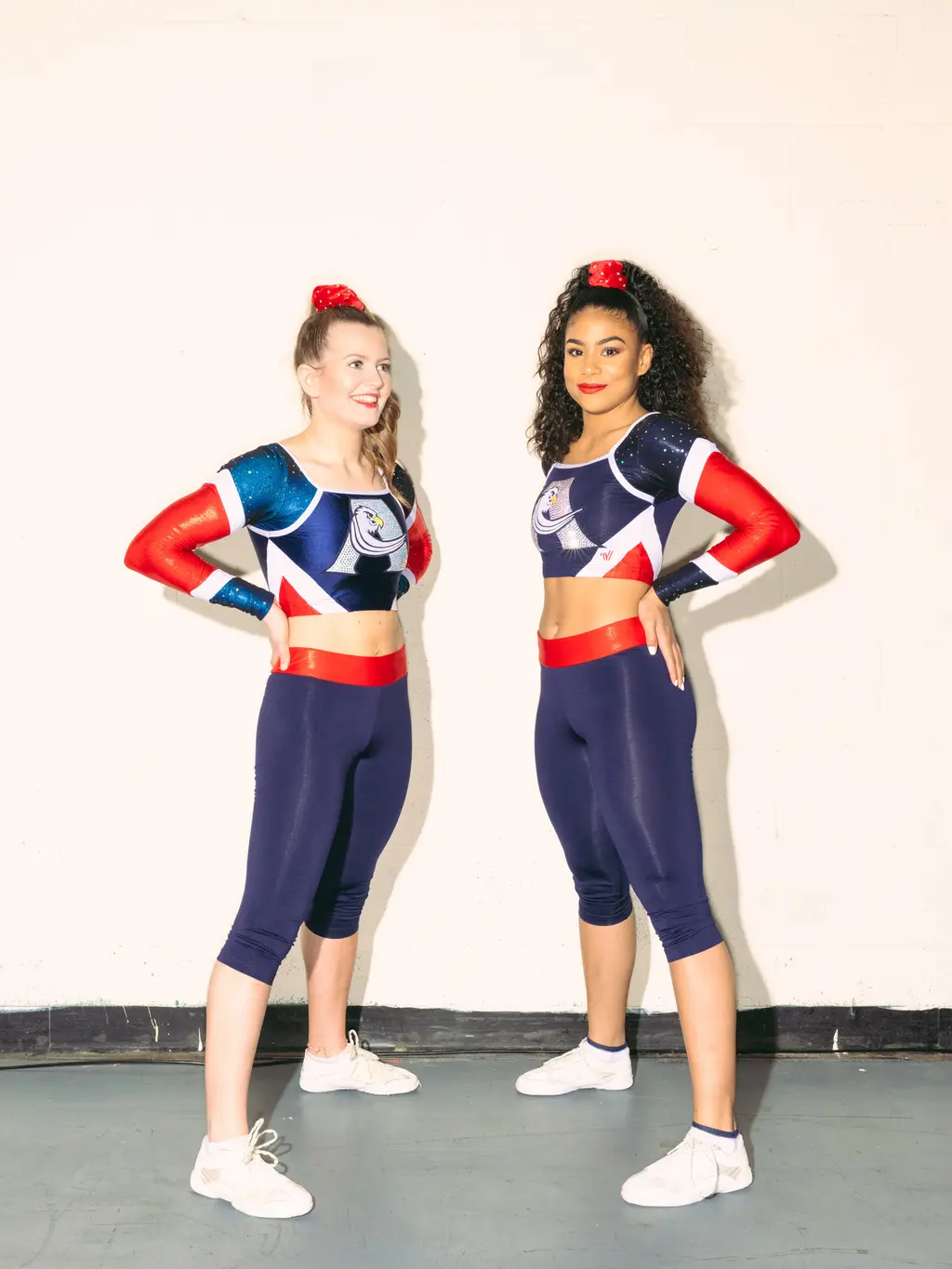
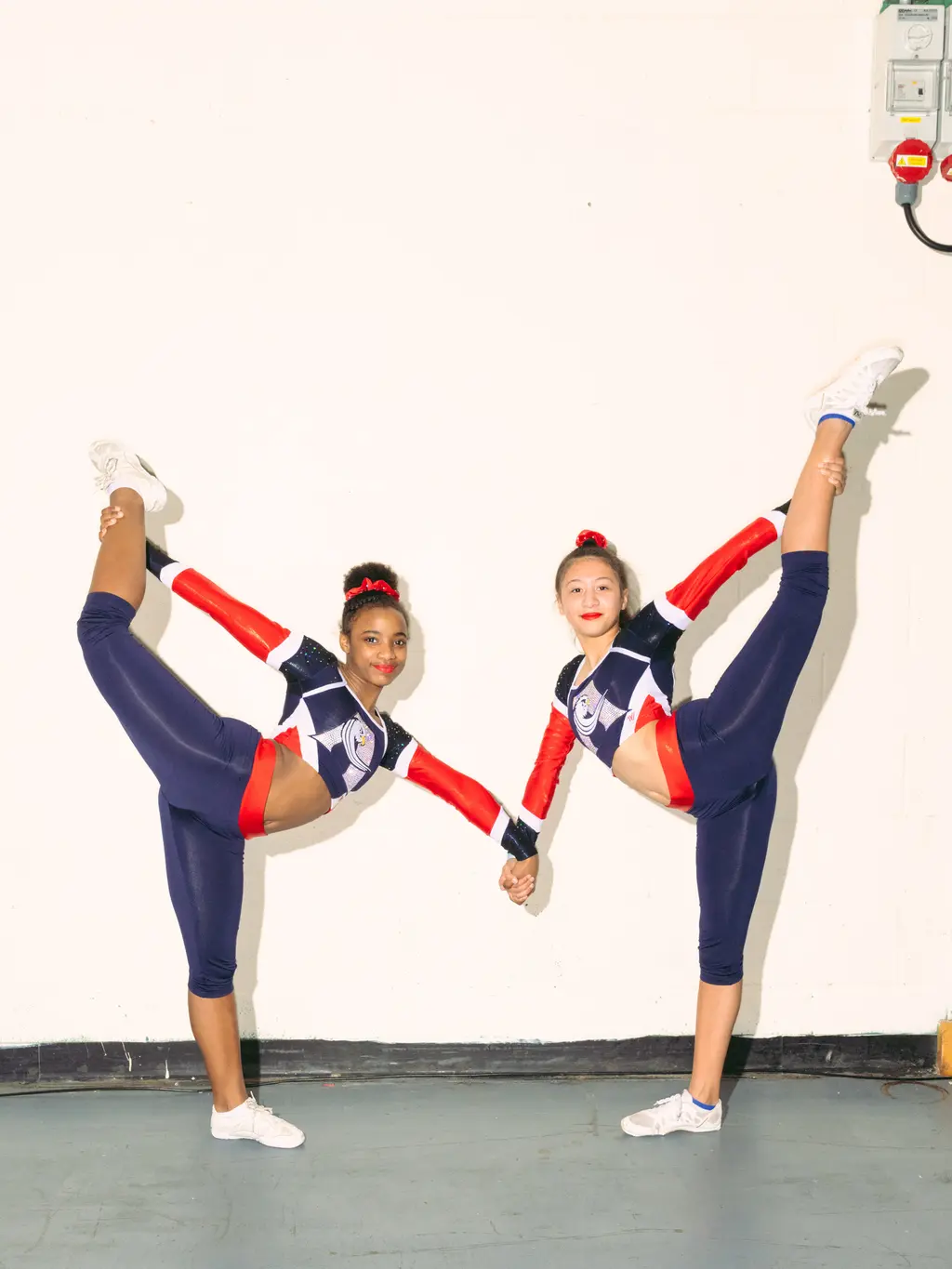
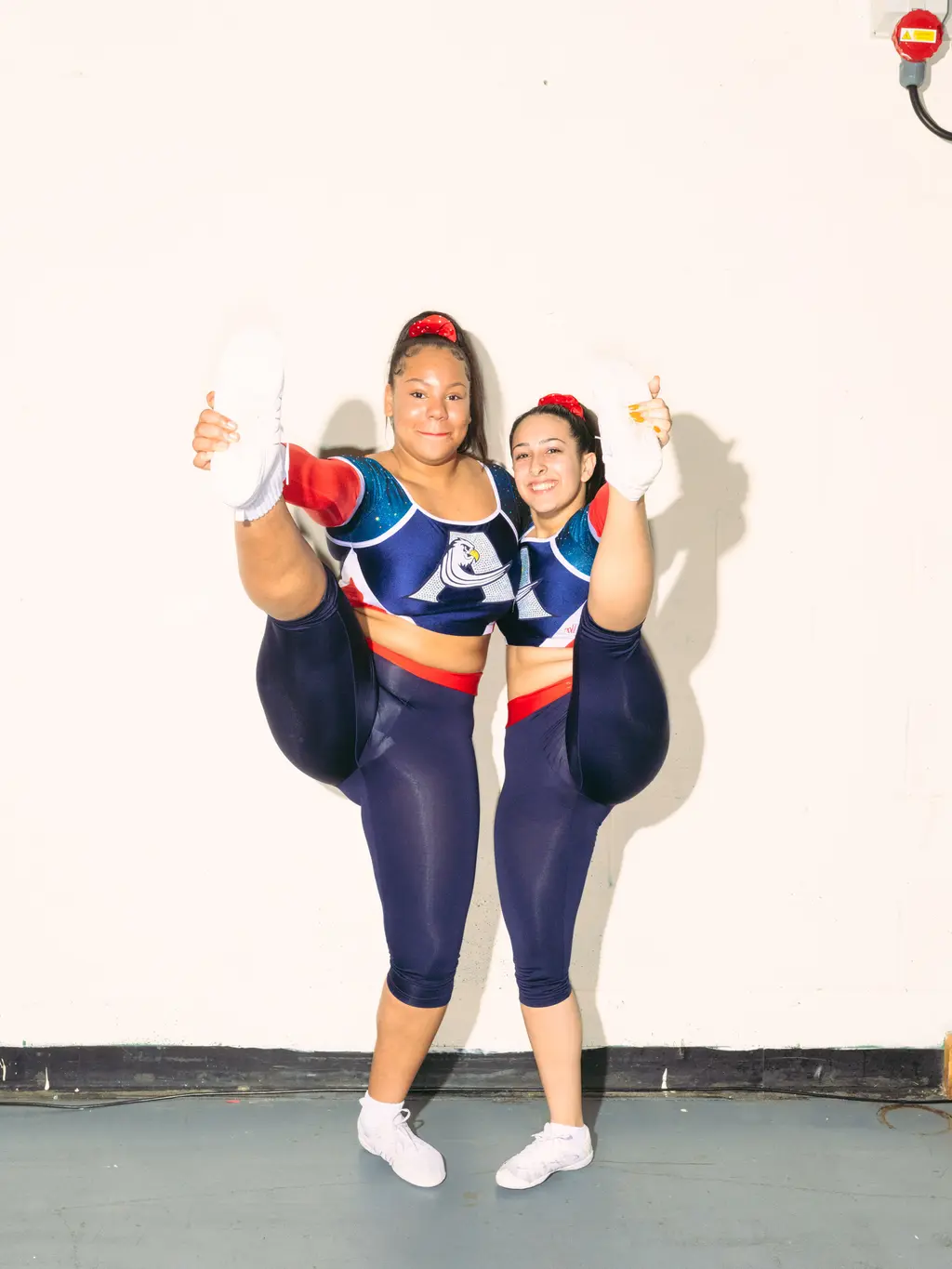
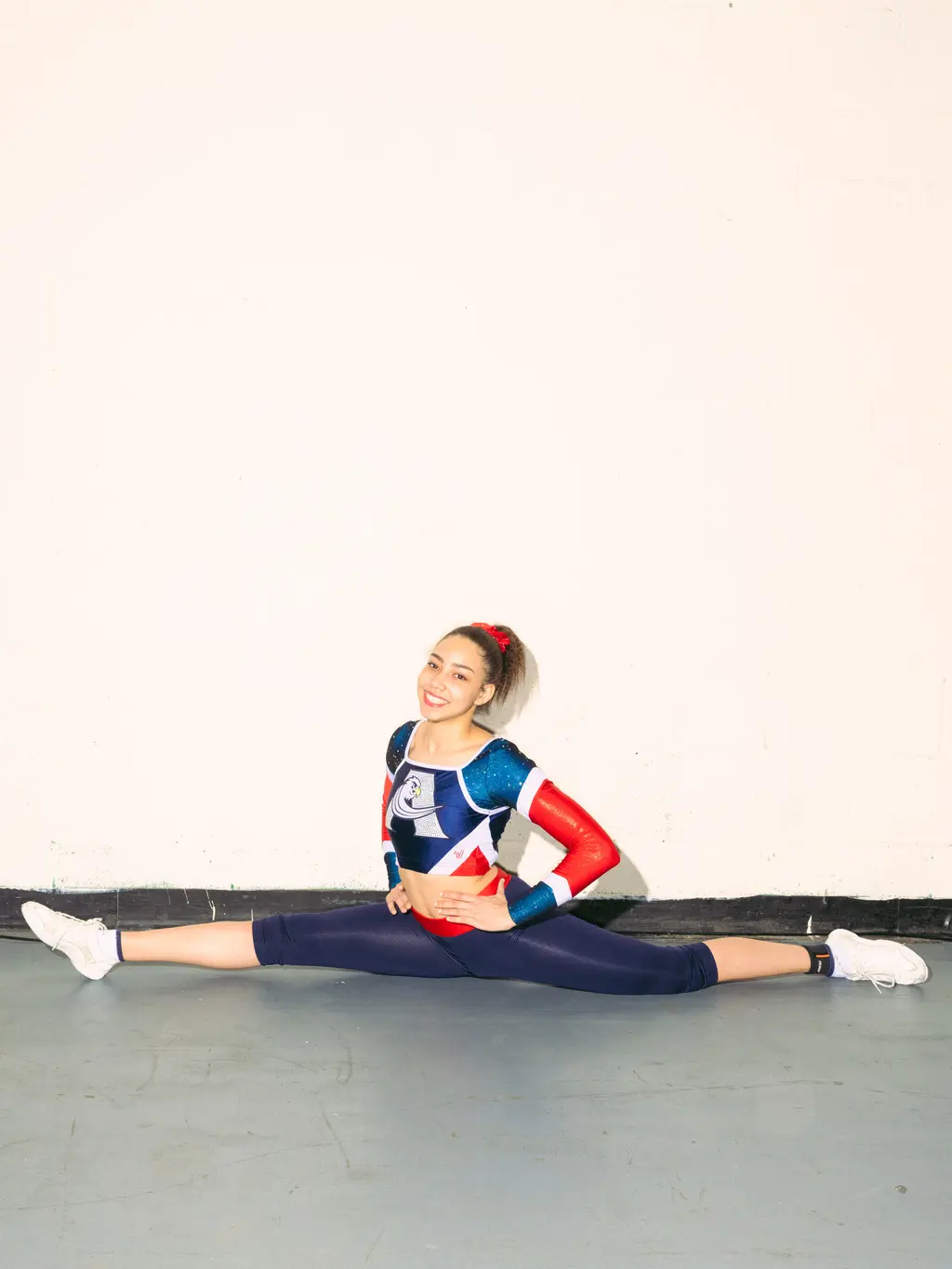
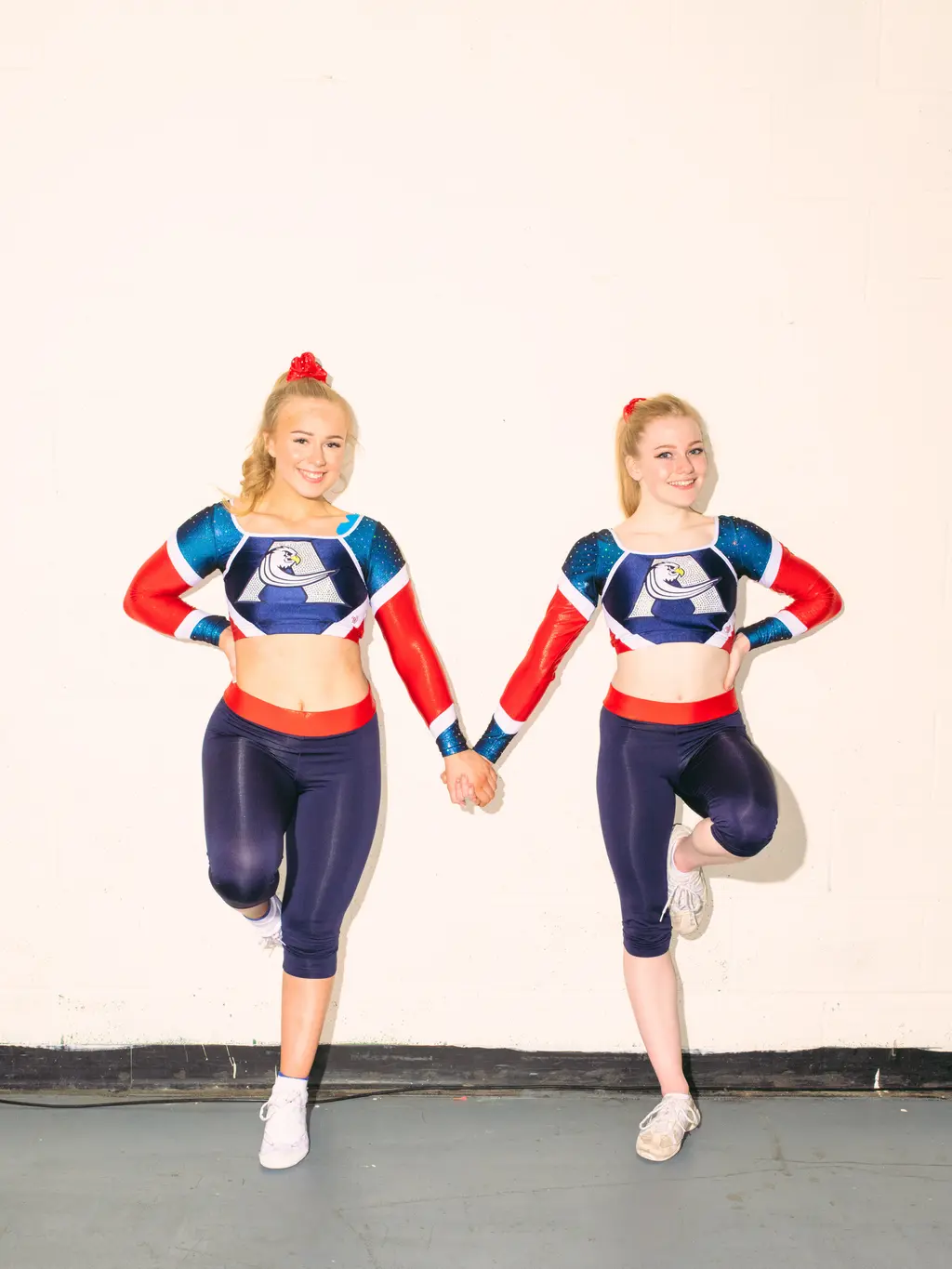
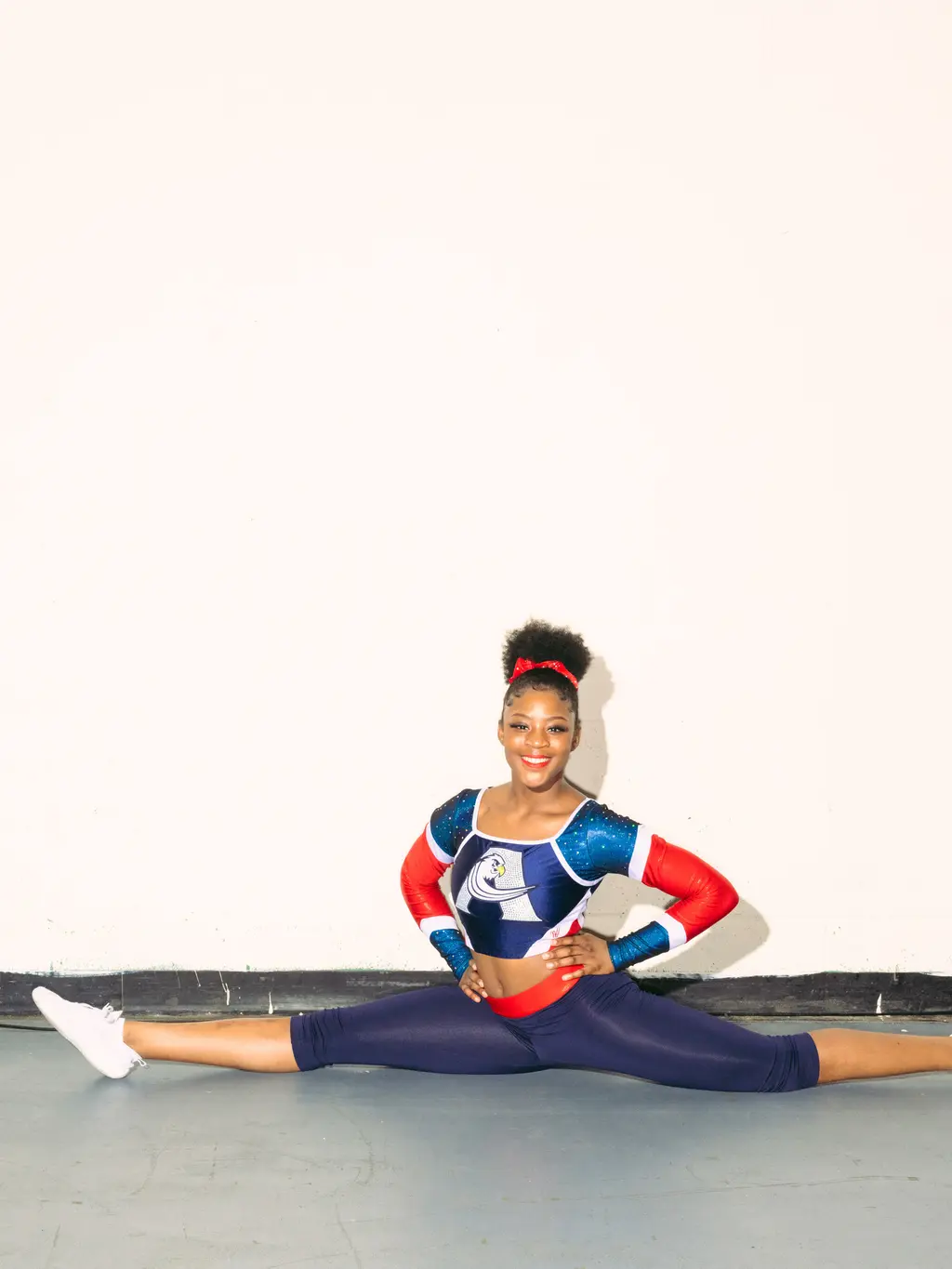
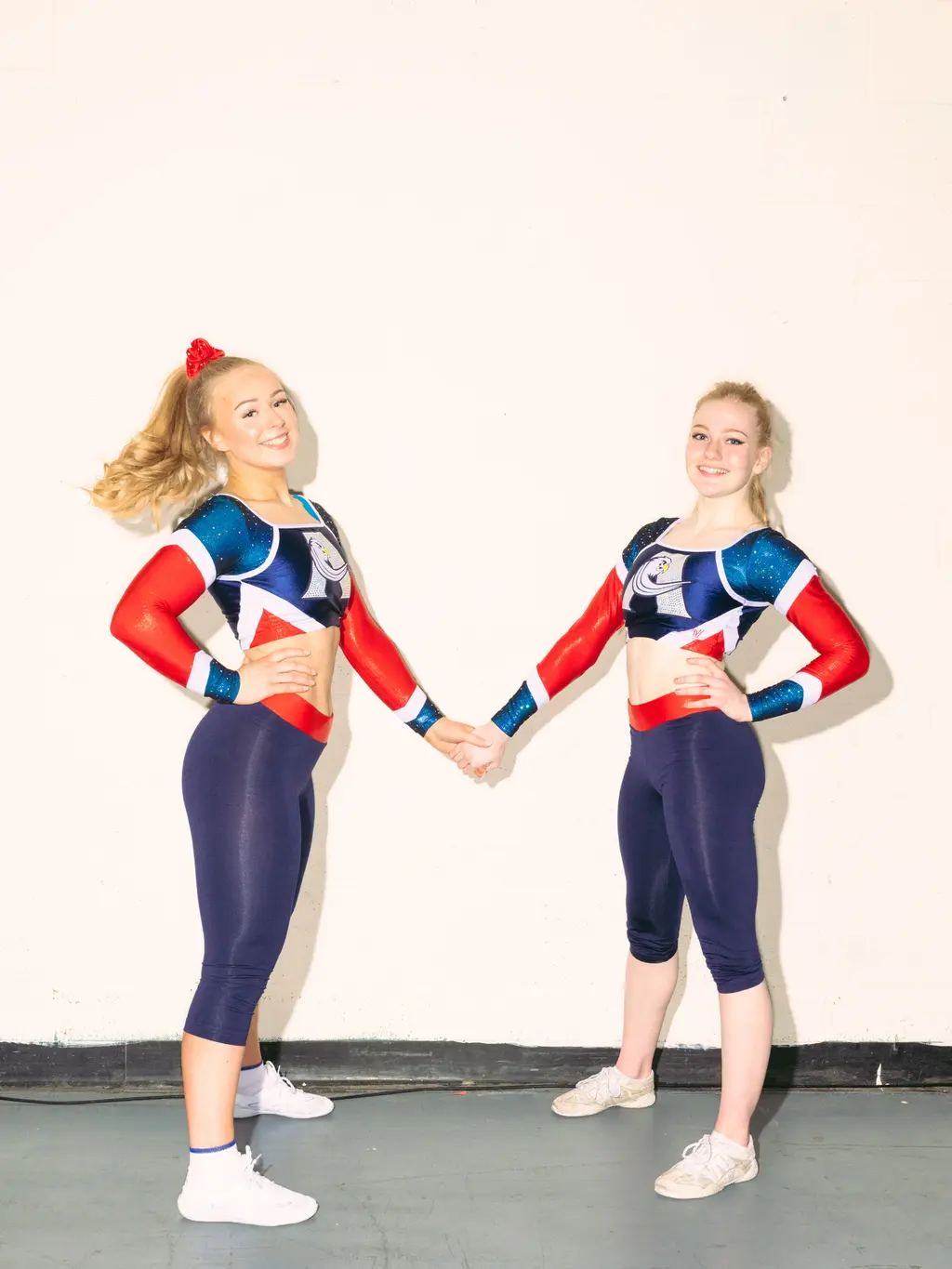
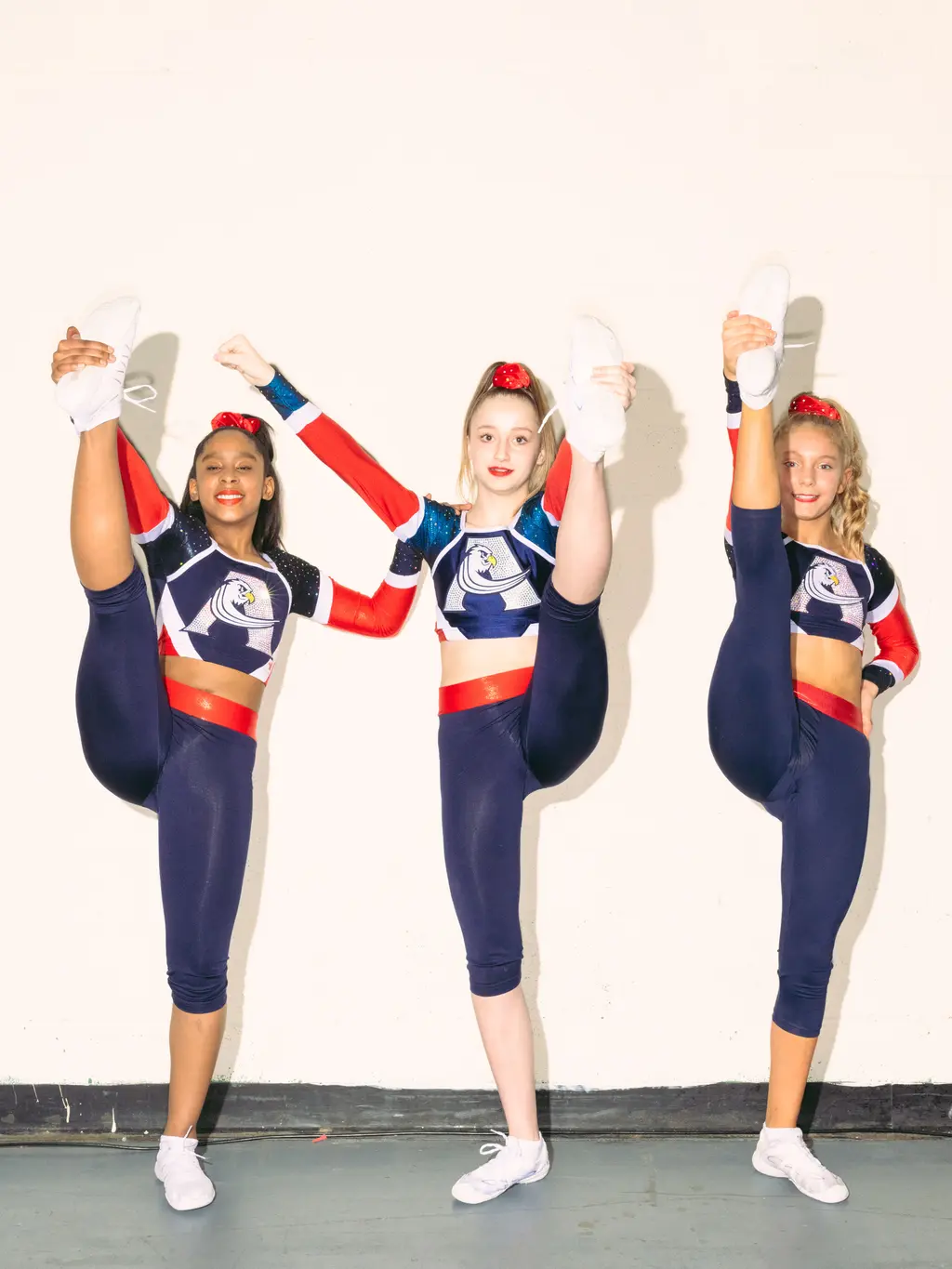
The Ascension Eagles have had their funding cut many times, and haven’t received any funding from their local authority for four years. “Youth services have practically dissolved in this area,” says Angela. “The support is there verbally but, given all the cuts to budgets, you’re not seen as important. There are a couple of projects locally that are really attractive projects to fund; they’re for boys at risk of offending. One of the things we’re constantly battling with is being predominantly female. I think people don’t really see the issues that come along with young women – their self-confidence, self-worth – because those issues don’t manifest necessarily as someone going out and stabbing somebody. But they will manifest in later life in relationships and choices and mental health.”
The Eagles’ team spirit is helping all of its members, such as 12-year-old Alexis Fisher. “I used to struggle with anxiety a lot,” she says on the phone, with her mum Lorraine in the background. She was talented enough to make Team England within nine months of beginning to cheer. Although she competed as a gymnast to a high standard, she found it lonely. The team environment provided by cheerleading has helped her battle her anxiousness.
For Simone Weatherall, 17, the skills and leadership training she’s picked up have been more important than the physical activity. She’s been cheering for five years and says “my confidence has shot right up”. Simone says she has a speech impediment “and obviously when I was younger I didn’t want to speak because I would just start stuttering and I thought people would laugh at me. With cheer, when we have meetings, everyone contributes. Being with people who are so confident about their values and what they believe in made me able to speak up too.” Simone is now part of the Junior Leadership Team and coaches younger athletes after she finishes her day at sixth form. “If you’d said I’d be standing in a room full of people telling them what to do, I wouldn’t have believed you.”









